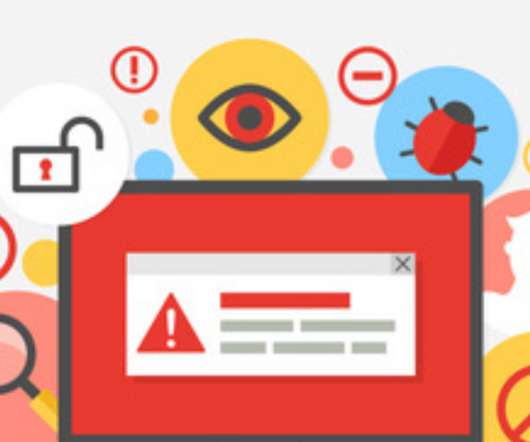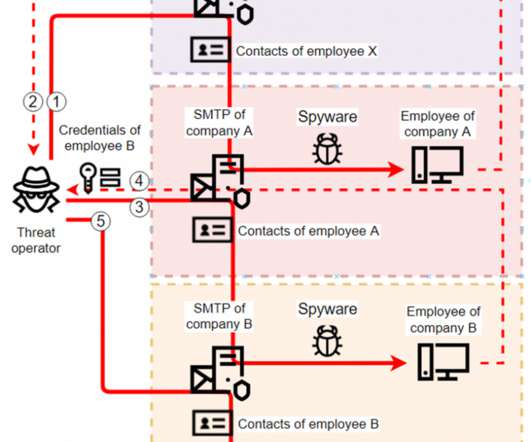Spyware in the IoT – the Biggest Privacy Threat This Year
SiteLock
AUGUST 27, 2021
This is exactly what happened on October 12, 2016, when the Mirai botnet used an army of IoT devices — like security cameras, digital video recorders (DVRs) and routers — to execute a massive distributed denial of service (DDoS) attack which left much of the internet inaccessible. The first IoT casualties? Update, Update, Update.











Let's personalize your content